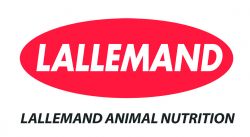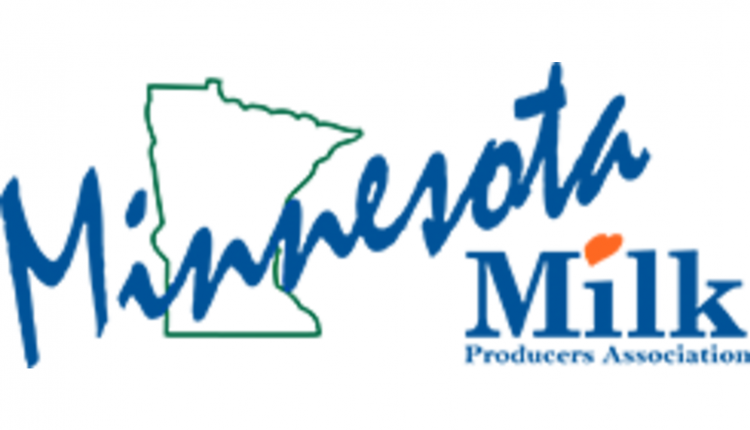
A good dry cow program can result in an additional 1,000 to 2,000 pounds of milk in the next lactation alone.1 Plus, producers that successfully navigate the period three weeks before and after calving can reduce treatment costs and downtime due to illness and metabolic disorders.2
“Transition cows frequently experience stress from moving to a new pen or herd environment; ration changes; or environmental challenges like heat stress,” says H. Nielsen, DVM, Technical Services – Ruminant, Lallemand Animal Nutrition. “These stressors can take a toll and make cows more likely to develop mastitis, ketosis or metritis — which are some of the costliest diseases of dairy cattle today.”2
A good transition cow program minimizes post-calving disorders and maximizes dry matter intake (DMI). To do this, producers should target the optimal dry period length, which is between 50 and 70 days.1
During transition, the ration should account for a lowered DMI, especially around calving. Adequate nutrition is fundamental to bolstering the immune system.
“Because this is such a critical period, I recommend adding a probiotic to close-up and fresh cow diets, which can help prime the immune system to better respond to stressors,” Dr. Nielsen notes. “The right probiotic can help stimulate microflora — the dynamic and robust bacterial communities in the lower intestinal tract — to enhance lower gut health. In turn, the lower gut signals to the rest of the body, which positively stimulates the cow’s innate immune system.”
Not all probiotics have the same effect. One probiotic, ProTernative®
Over the entire lactation, cows fed S. c. boulardii CNCM I-1079 would produce 1,193 pounds more milk compared to controls. On top of that, the probiotic saved $2,609 in treatment costs and milk lost due to transition problems.3
“Producers can never recover the production losses that arise when an animal must divert its energy to fight off illness — rather than on performance,” he says. “Proactively supporting animal health improves overall well-being and ensures cows are better prepared to fight off inevitable challenges. When illness does strike, robust animal health minimizes disease risks, gets cows back into production and helps them reach a high level of peak milk production.”
Lallemand Animal Nutrition is committed to optimizing animal performance and well-being with specific natural microbial product and service solutions. Using sound science, proven results and knowledge, Lallemand Animal Nutrition develops, produces and markets high value yeast and bacteria products ─ including probiotics, silage inoculants and yeast derivatives. Lallemand offers a higher level of expertise, leadership and industry commitment with long-term and profitable solutions to move our partners Forward. Lallemand Animal Nutrition is Specific for your success. For more information, please visit www.lallemandanimalnutrition.com
1 Chase LE. Management of the Transition Cow. Feeding and Managing the Transition Cow. Proceedings Penn Conference 1996. Accessed Feb. 23, 2017. Available at: https://research.vet.upenn.edu/DairyPoultrySwine/DairyCattle/PennConf1996/tabid/1602/Default.aspx
2 Borchers M and Bewley J. The Effects of Stress on Transition Cow and Calf Health. University of Kentucky Department of Animal and Food Sciences. Accessed Feb. 23, 2017. Available at: https://afs.ca.uky.edu/dairy/effects-stress-transition-cow-and-calf-health.
3 Nielsen H, Health and production of Holstein cows fed ProTernative during the transition period and early lactation. Lallemand Animal Nutrition Internal Report.


